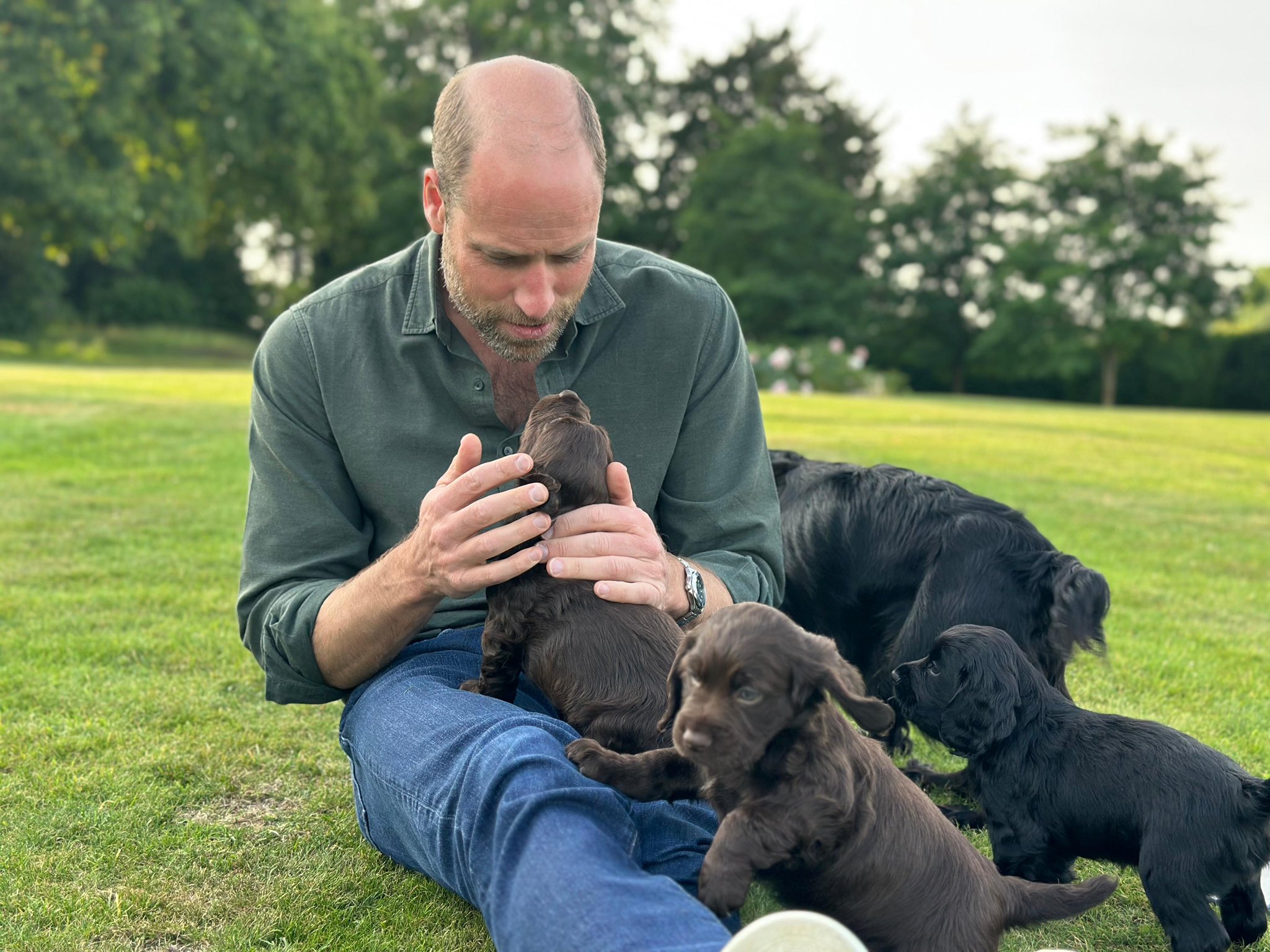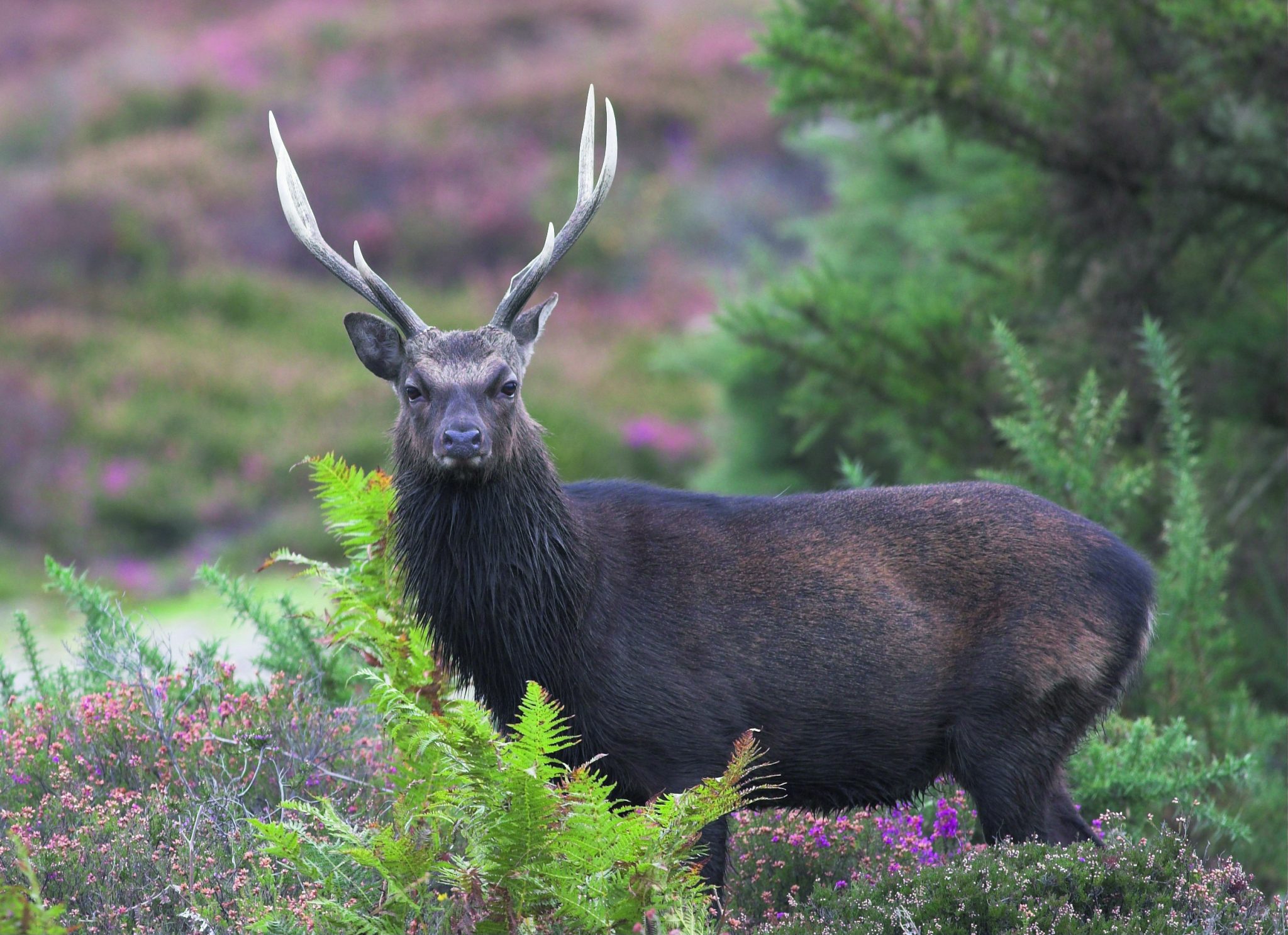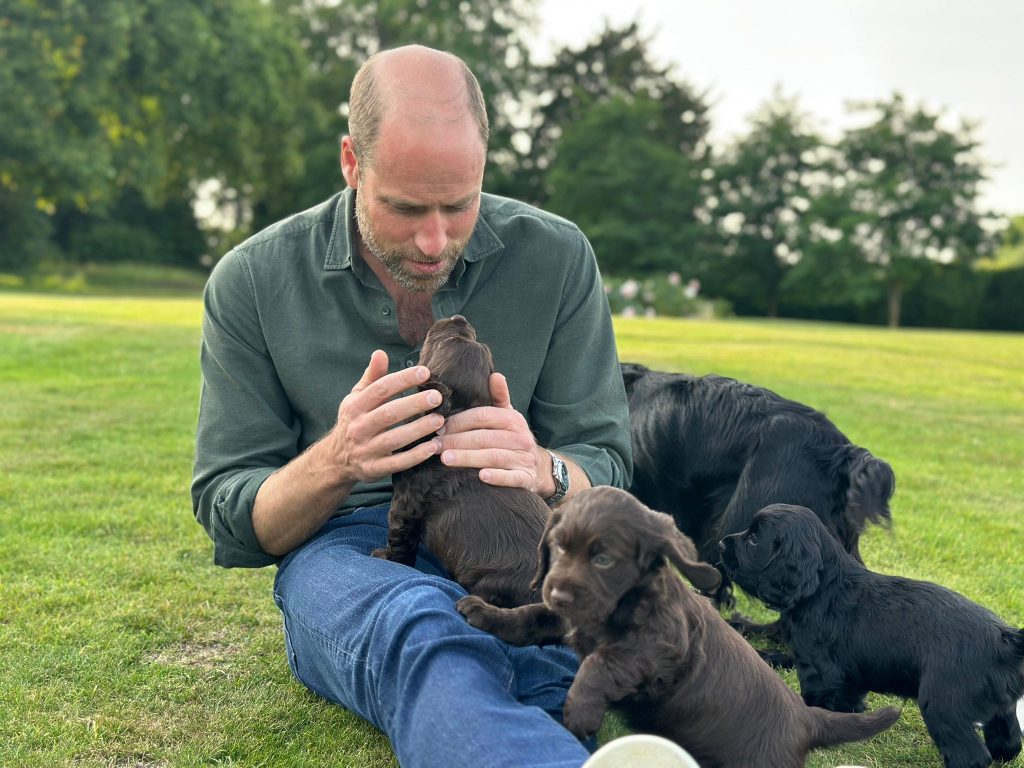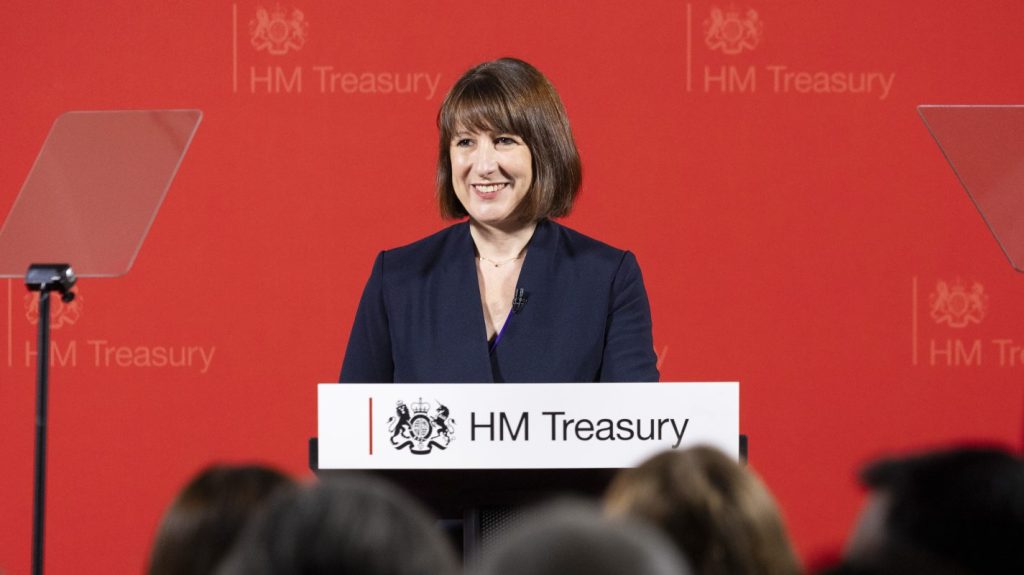News
Why we shouldn’t complain about the weather
Would you like to speak to our readers? We offer sponsored articles and advertising to put you in front of our audience. Find out more.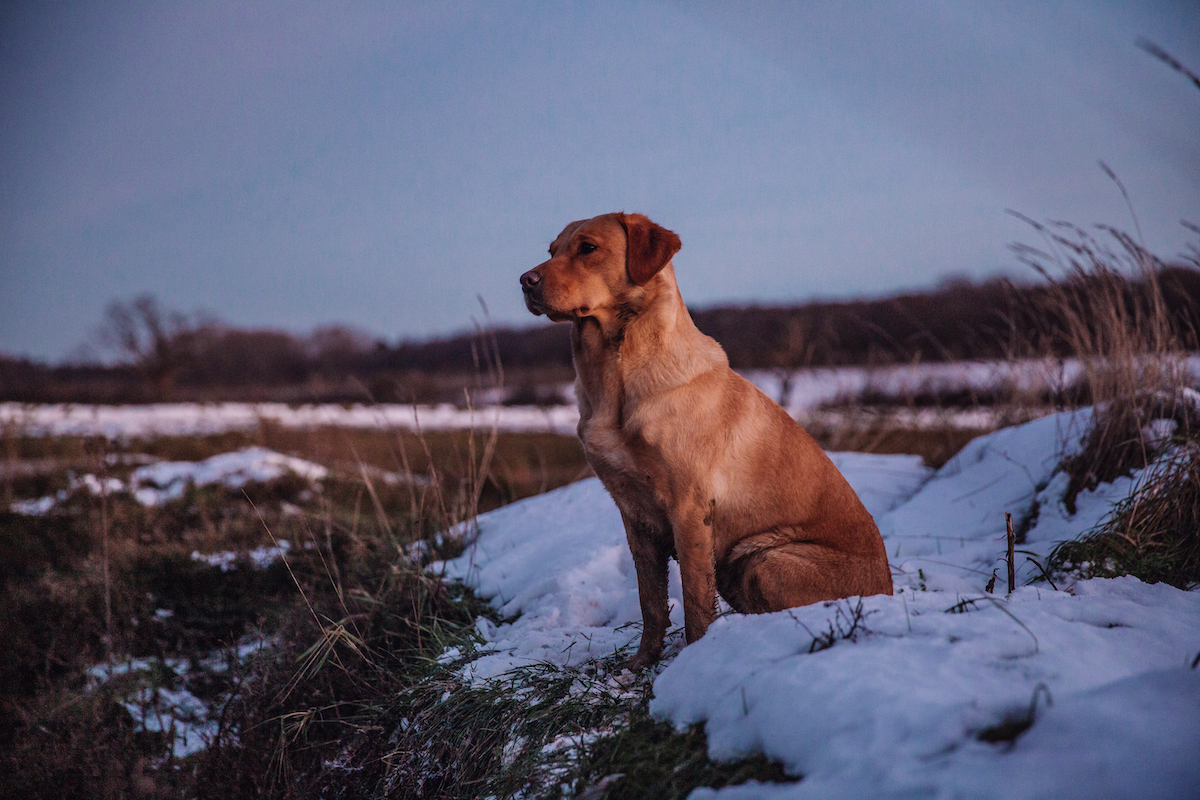 Scout
Scout
A bad worker blames his tools. A bad fisher or shooter blames the weather. It is said that the British speak about the weather so often because we have so much of it. Our weather is famously variable compared with the more stable conditions experienced by continental countries. Yet, when you look at the climate records, it is also less extreme.
Wildfowlers and duck shooters — yes, there is a distinction — relish really wild, windy conditions. This is partly because the birds fly lower and therefore are more likely to be within range. But there is also an aesthetic quality; wildfowling in a gale seems appropriate somehow. Pheasant shooting, on the other hand, seems better suited to calm, frosty conditions, or even snow. It is astonishing to think that the pheasant season opens in a little over two months — though, of course, most driven shoots don’t really get going until later, when the leaves are off the trees.
You only have to consider hunting in North America to see how our climate lets us off lightly by comparison. In northern Canada, floatplanes can only start landing in late June, when enough ice has gone from the lakes. In the prime moose-hunting areas of the Yukon territory, it often starts to snow again in mid-September, with the lakes icing up a few weeks later.
In coastal Alaska, the autumn temperatures may hover just above freezing, but bear hunters often have to spend day after day huddled in a tent, being blasted by torrential rain, sleet and gales.
Yes, we can face rough weather in the Highlands when hind stalking, but a key distinction is that we invariably retreat to warm and dry lodgings each night. Let’s face it, anybody can put up with being wet and cold for a day, as long as they know they will be warm and dry at the end, with the prospect of good food and a hot bath. But imagine, by contrast, if you had to sleep in a tent for 10 days, with no option but to put your wet clothes back on each morning.
In Africa, heat and sun are serious perils. Hunters experience these to a degree that exceeds anything we see in the UK. Yet parts of Africa can also get a lot colder than you might think. Even in the subtropical Limpopo Valley in July, which is their winter, you can see your breath at dawn when you get up to go hunting. By midday, however, you may be thirsty and flagging under the merciless sun. The diurnal temperature range is huge.
Bizarre
In other notable hunting regions, such as the Eastern Cape, frost is common in winter, with snow falling on the higher hills. Seeing giraffes and elephants in a snowy landscape is bizarre, but it does happen.
Scandinavia and continental Europe have winters that are much colder than ours. Hunting in Poland or the Baltic states frequently takes place in conditions that would be declared a national emergency in the UK. Further south, in Hungary, I once went boar shooting in February. It was -14°C with 2ft of snow lying.
Frankly, when it comes to our weather, we really shouldn’t complain.
Related articles
News
PETA attacks royal couple for breeding cocker pups
The Prince and Princess of Wales have faced criticism from animal rights group PETA after they had a litter of puppies
By Time Well Spent
News
Farmers launch legal review against Reeves’s farm tax
Chancellor Rachel Reeves faces a judicial review over inheritance tax reforms that could force family farms out of business
By Time Well Spent
Manage Consent
To provide the best experiences, we use technologies like cookies to store and/or access device information. Consenting to these technologies will allow us to process data such as browsing behavior or unique IDs on this site. Not consenting or withdrawing consent, may adversely affect certain features and functions.
Functional Always active
The technical storage or access is strictly necessary for the legitimate purpose of enabling the use of a specific service explicitly requested by the subscriber or user, or for the sole purpose of carrying out the transmission of a communication over an electronic communications network.
Preferences
The technical storage or access is necessary for the legitimate purpose of storing preferences that are not requested by the subscriber or user.
Statistics
The technical storage or access that is used exclusively for statistical purposes.
The technical storage or access that is used exclusively for anonymous statistical purposes. Without a subpoena, voluntary compliance on the part of your Internet Service Provider, or additional records from a third party, information stored or retrieved for this purpose alone cannot usually be used to identify you.
Marketing
The technical storage or access is required to create user profiles to send advertising, or to track the user on a website or across several websites for similar marketing purposes.

